**Abstract:**
This paper presents an overview of the current status of condensation heat recovery in air conditioning systems within China. It discusses the feasibility, classification, and various forms of heat recovery, along with challenges encountered during application. Additionally, it explores future research directions aimed at improving energy efficiency and environmental sustainability.
**Keywords:** condensation heat recovery
---
**1. Introduction**
Energy is one of the five essential elements for human survival and plays a critical role in the development of the national economy. Rapid economic growth relies heavily on energy supply, especially electricity. In China, coal constitutes a large portion of the energy mix—over 75% of total energy consumption. China accounts for about 27% of global coal usage, making it the only country primarily dependent on coal for energy. This heavy reliance on coal, combined with inefficient management, has led to severe environmental pollution and low energy efficiency. Currently, China’s energy utilization rate is more than 10% lower than that of advanced industrialized nations. The energy consumption per unit of GDP is 6 to 10 times higher, and energy use per unit of production is 50% to 100% greater compared to other countries [1]. Such inefficiencies not only hinder economic progress but also harm the environment. As a major energy-consuming technology, HVAC systems must be optimized through efficient energy use and effective energy-saving measures.
**2. Feasibility of Air-Conditioning Condensation Heat Recovery**
A conventional air-conditioning system consists of four main cycles: refrigerant cycle, cooling water cycle, chilled water cycle, and air cycle. During the refrigerant cycle, the gas refrigerant is compressed, increasing both temperature and pressure. It then enters the condenser, where it is cooled by the cooling water, transforming into a high-pressure liquid. After passing through a throttling valve, the refrigerant becomes a low-pressure gas-liquid mixture. In the evaporator, it absorbs heat from the chilled water, turning into low-pressure vapor, which is then drawn back into the compressor.
In the cooling water cycle, the water absorbs heat from the refrigerant in the condenser and is pumped to the cooling tower for heat exchange with ambient air. After cooling, the water returns to the condenser to absorb more heat, repeating the process. Meanwhile, the heat from the air conditioning load is transferred to the evaporator, part of which is released as condensation heat to the atmosphere [2]. Therefore, traditional air conditioning systems typically discharge this heat directly into the environment without utilizing it. When operating under air-conditioning conditions, refrigeration units release a significant amount of condensation heat—often up to 1.15 to 1.3 times the refrigeration capacity [3]. This waste of thermal energy leads to increased energy consumption and environmental degradation. By recovering this heat for domestic hot water or industrial heating, both energy savings and pollution reduction can be achieved. In recent years, there has been growing interest in condensation heat recovery in air conditioning systems.
**3. Status of Air-Conditioning Condensation Heat Recovery in China**
With the rapid development of the Chinese economy and rising living standards, the adoption of air conditioners has surged. At the same time, changing lifestyles and hygiene requirements have increased the demand for domestic hot water. Most households currently rely on dedicated water heaters, further straining energy resources and worsening environmental issues. As a result, there has been growing interest in using condensation heat from air conditioning systems to produce hot water.
**3.1 Classification of Condensation Heat Recovery**
Condensation heat recovery can be categorized into direct and indirect methods. Direct recovery involves using the refrigerant after the compressor to heat tap water directly in a heat exchanger. Indirect recovery, on the other hand, uses the high-temperature air or water from the condenser side to heat domestic water. While indirect methods are more complex and less efficient, they are still widely studied.
Direct recovery can be further divided into two types: one that utilizes the sensible heat of the steam exiting the compressor (which typically accounts for about 15% of total condensation heat), and another that recovers all the condensation heat. The former method has a smaller pressure drop and less impact on the refrigeration system, making it more stable.
**3.2 Forms of Condensation Heat Recovery**
Several forms of condensation heat recovery have been explored in China:
**3.2.1 Double Condenser Heat Recovery Technology**
Rong Guohua proposed using the chiller condenser to heat tap water during summer, reducing overall energy consumption. To achieve this, chillers with water-cooled condensers are required. However, matching the cooling load with the water flow rate can be challenging due to variations in building usage patterns. Sun Zhi Gao and Li Shuhong suggested using a heat storage device to balance the mismatch between cooling water and hot water demand. Wu Xianzhong et al. proposed directly heating tap water using the compressor exhaust heat and partial condensation latent heat, storing the hot water in a tank for later use. Gong Qicai and others introduced a double-condenser system that allows for full or partial recovery of condensation heat, depending on system requirements.
**3.2.2 Heat Recovery in Household Air Conditioners**
Household air conditioners are widely used in China, making them a key area for heat recovery. Lin Hong discussed the potential of recovering low-grade energy from domestic air conditioners, suggesting its applicability in retrofitting existing systems. Jianghui Min and Wang Yang proposed a design where high-temperature refrigerant vapor is used to heat domestic water. If the heat exchanger can handle all the condensation heat, the air-cooled condenser may not be needed. Otherwise, both air- and water-cooled condensers must work together.
**3.2.3 Heat Pump Recovery Technology**
Yu Yingjun and Wang Mengyun explored the use of heat pumps to recover condensation heat. Since cooling water temperatures are generally low (30–38°C), heat pump technology is necessary to fully utilize this energy. Yin Yingde and Zhang Ling proposed a system where the heat pump works in parallel with the chiller, using the cooling tower fan to regulate temperature and the three-way valve to control flow ratios. This setup ensures the chiller operates normally while recovering heat for hot water production.
**3.2.4 Phase Change Material (PCM) Recovery**
Liu Hongjuan and Gu Zhaolin from Xi’an Jiaotong University proposed using phase change materials to store recovered condensation heat. This approach replaces traditional double condensers and allows for better thermal regulation. Han Huimin introduced a water-source heat pump system, while Yang Xiaolin suggested using double-beam or double-tube condensers, though with lower efficiency.
**3.3 Challenges in Application**
Despite these advancements, several technical challenges remain:
- **Heat Exchanger Reliability**: High-pressure refrigerants and high temperatures increase the risk of leakage, requiring robust materials and manufacturing.
- **System Design**: Proper balancing of heat transfer areas and resistance is crucial to avoid performance loss.
- **Hot Water Storage**: Due to the small temperature difference, large storage tanks are often needed to ensure continuous hot water supply.
- **Phase Change Materials**: Designing efficient and cost-effective PCM systems remains a challenge.
- **Heat Pump Systems**: Higher initial investment and operating costs limit widespread adoption.
**4. Future Trends in China**
To support sustainable development, China has implemented various energy and environmental policies. Energy saving and environmental protection have become key research areas in HVAC. Some developers have already shown interest in condensation heat recovery systems. Applications in Beijing, Guangzhou, Shanghai, and other cities have demonstrated positive energy-saving effects. However, most studies are still theoretical, and practical implementation is limited. Future research should focus on optimizing system designs, improving thermal storage technologies, and enhancing control strategies to make condensation heat recovery more efficient and economically viable.
Sheet Metal Fabrication Service
Processing steps For Sheet Metal Parts - Custom Sheet Metal Fabrication Service Company
1. Design and draw the part drawing of its sheet metal parts, also known as three views. Its function is to express the structure of its sheet metal parts by means of drawings.
2. Draw an unfolded drawing. That is, unfold a part with a complicated structure into a flat piece.
3. Unloading. There are many ways to unload, mainly the following methods:
a. Shearing machine cuts the material. It uses the shearing machine to cut out the length and width dimensions of the expanded drawing. If there are punching and corner cutting, then the punching machine is combined with the die to punch and corner to form.
b. Punch blanking. It is the use of a punch to punch the structure of the flat part after the parts are unfolded on the plate in one or more steps. Its advantages are short labor hours, high efficiency, and can reduce processing costs. It is often used in mass production.
c. NC CNC blanking. When NC blanking, you must first write a Cnc Machining program. That is, use the programming software to write the drawn expanded diagram into a program that can be recognized by the NC CNC machining machine. Let it follow these programs step by step on a piece of iron plate On the top,punch out the structural shape of its flat parts.
d. Laser cutting is the use of laser cutting to cut the structure and shape of the flat piece on an iron plate.
4. Flanging and tapping. Flanging is also called hole extraction, which is to draw a slightly larger hole on a smaller base hole, and then tap the hole. This can increase its strength and avoid slippage. Generally used for sheet metal processing with relatively thin plate thickness. When the plate thickness is large, such as the plate thickness of 2.0, 2.5, etc., we can tap directly without flanging.
5. Punch processing. Generally, punch processing includes punching and cutting corners, punching blanking, punching convex hull, punching and tearing, punching and other processing methods to achieve processing purposes. Its processing requires corresponding molds to complete the operation. There are convex molds for punching convex hulls, and tearing forming molds for punching and tearing.
6. Pressure riveting. As far as our factory is concerned, pressure riveting studs, pressure riveting nuts, pressure riveting screws, etc. are often used. The pressure riveting method is generally completed by a punch or hydraulic pressure riveting machine. Riveted to the sheet metal part.
7. Bending. Bending is to fold 2D flat parts into 3D parts. Its processing requires a folding bed and corresponding bending molds to complete the operation. It also has a certain bending sequence, and the principle is to make the next cut The first fold that does not cause interference will produce the interference back fold.
8. Welding. Welding is the group welding of multiple parts together to achieve the purpose of processing or the edge welding of a single part to increase its strength. The processing parties generally include the following: CO2 gas shielded welding, argon arc welding, Spot welding, robot welding, etc. The selection of these welding methods is based on actual requirements and materials. Generally speaking, CO2 gas shielded welding is used for iron plate welding; argon arc welding is used for aluminum plate welding; robot welding is mainly in-material It is used when the parts are large and the welding seam is long. Such as cabinet welding, robot welding can be used, which can save a lot of tasks and improve work efficiency and welding quality.
9. Surface treatment. Surface treatment generally includes phosphating film, electroplating colorful zinc, chromate, baking varnish, oxidation, etc. Phosphating film is generally used for cold-rolled plates and electrolytic plates, and its function is mainly to plate on the surface of the material. A protective film is applied to prevent oxidation; the second is to enhance the adhesion of its baking paint. Electroplated multicolored zinc is generally treated with cold-rolled plate surface treatment; chromate and oxidation are generally used for surface treatment of aluminum plates and aluminum profiles; its specific surface The choice of treatment method is based on the customer's requirements.
10. Assembly. The so-called assembly is to group multiple parts or components together in a certain way to make them into a complete material. One thing that needs to be paid attention to is the protection of the materials, and no scratches. Assembly is the last step in the completion of a material. If the material cannot be used due to scratches, it needs to be reworked and reworked, which will waste a lot of processing man-hours and increase The cost of the item. So pay special attention to the protection of the item.
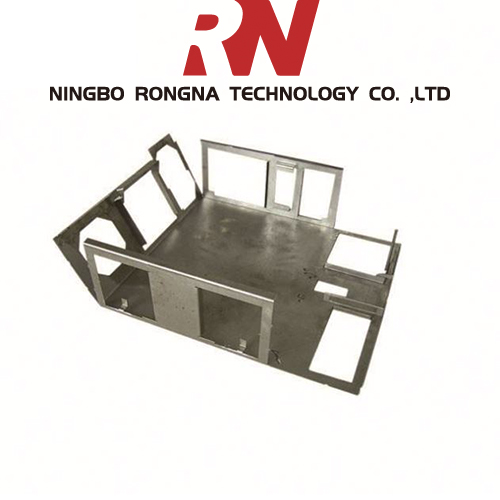
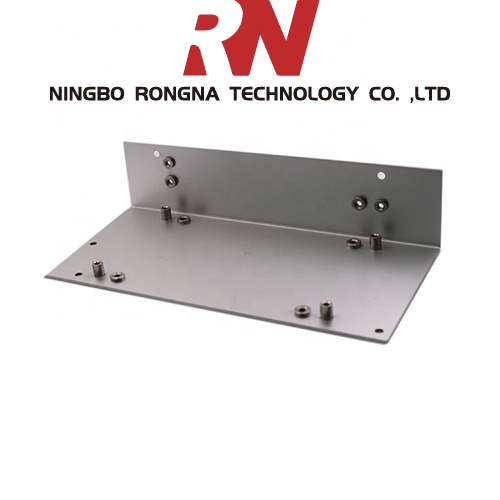
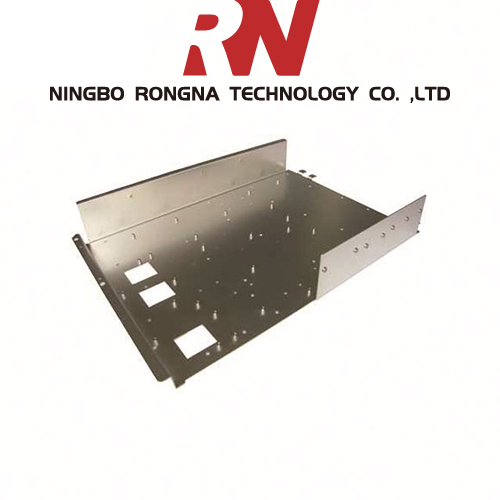
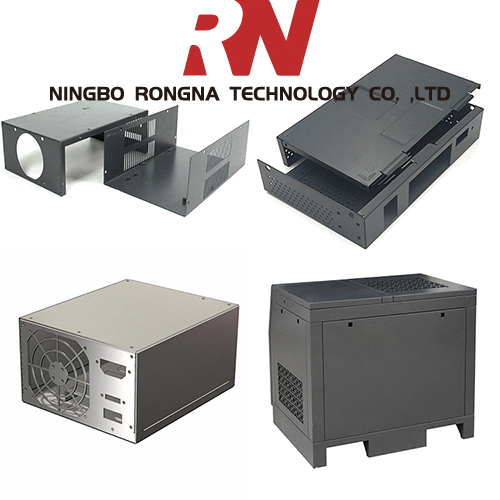
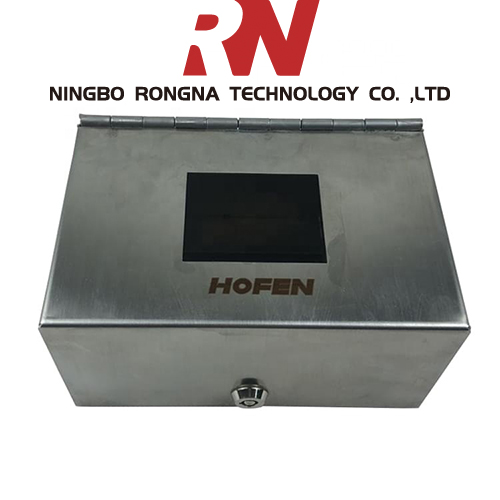
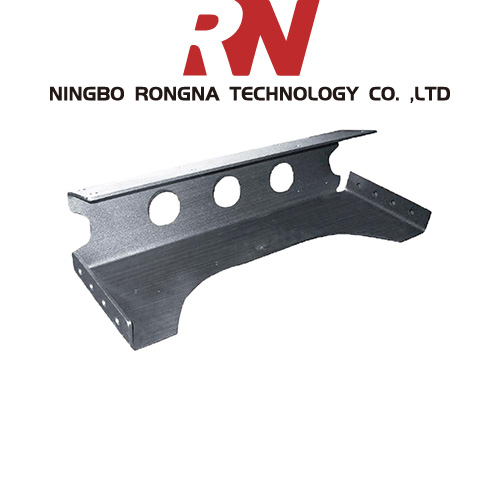
Sheet Metal Fabrication Service,Galvanized Sheet Fabrication Service,Custom Machining Service ,Cnc Stainless Steel Machining
Ningbo Rongna Technology Co.,Ltd , https://www.prototyping-machining.com





